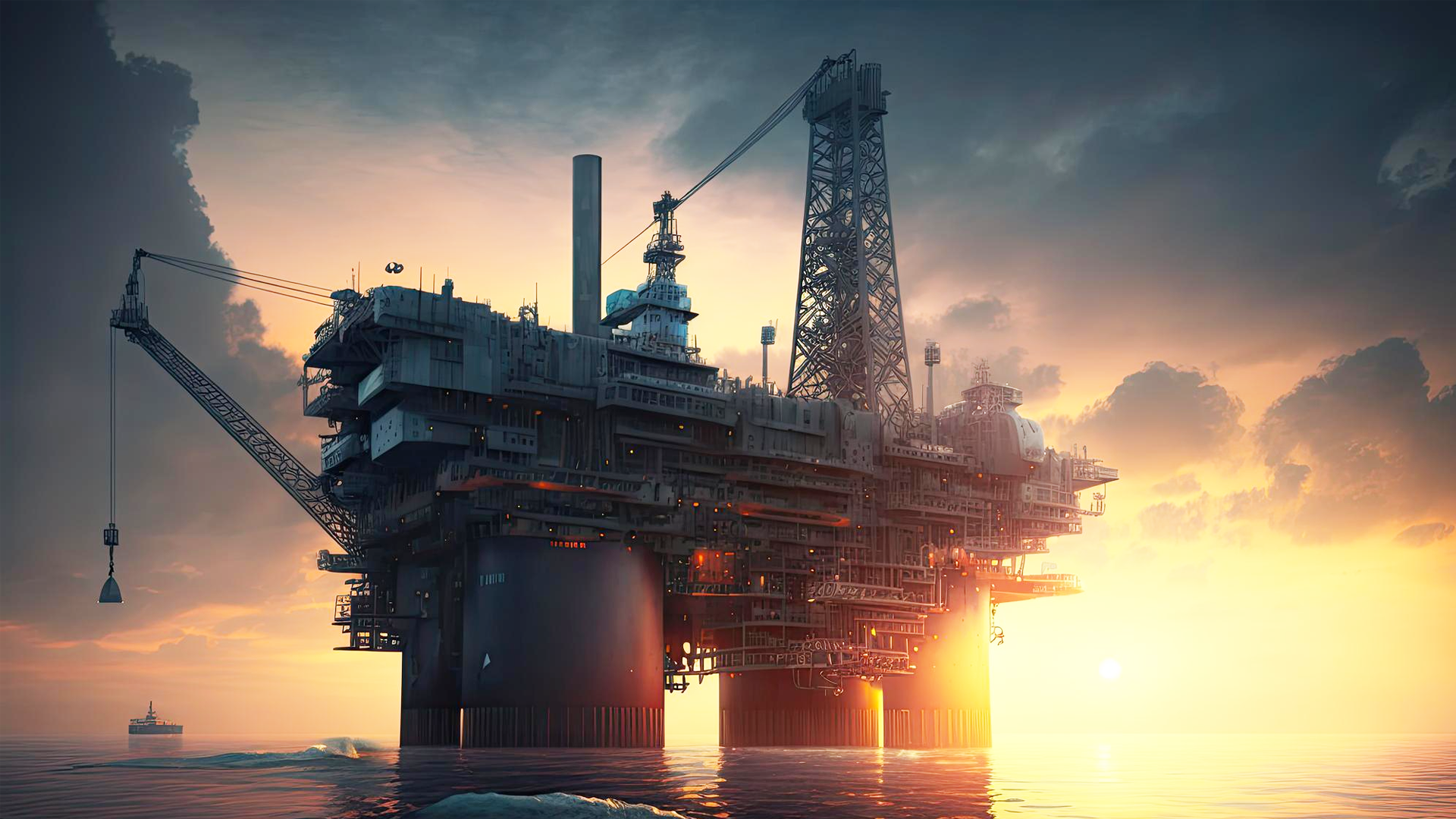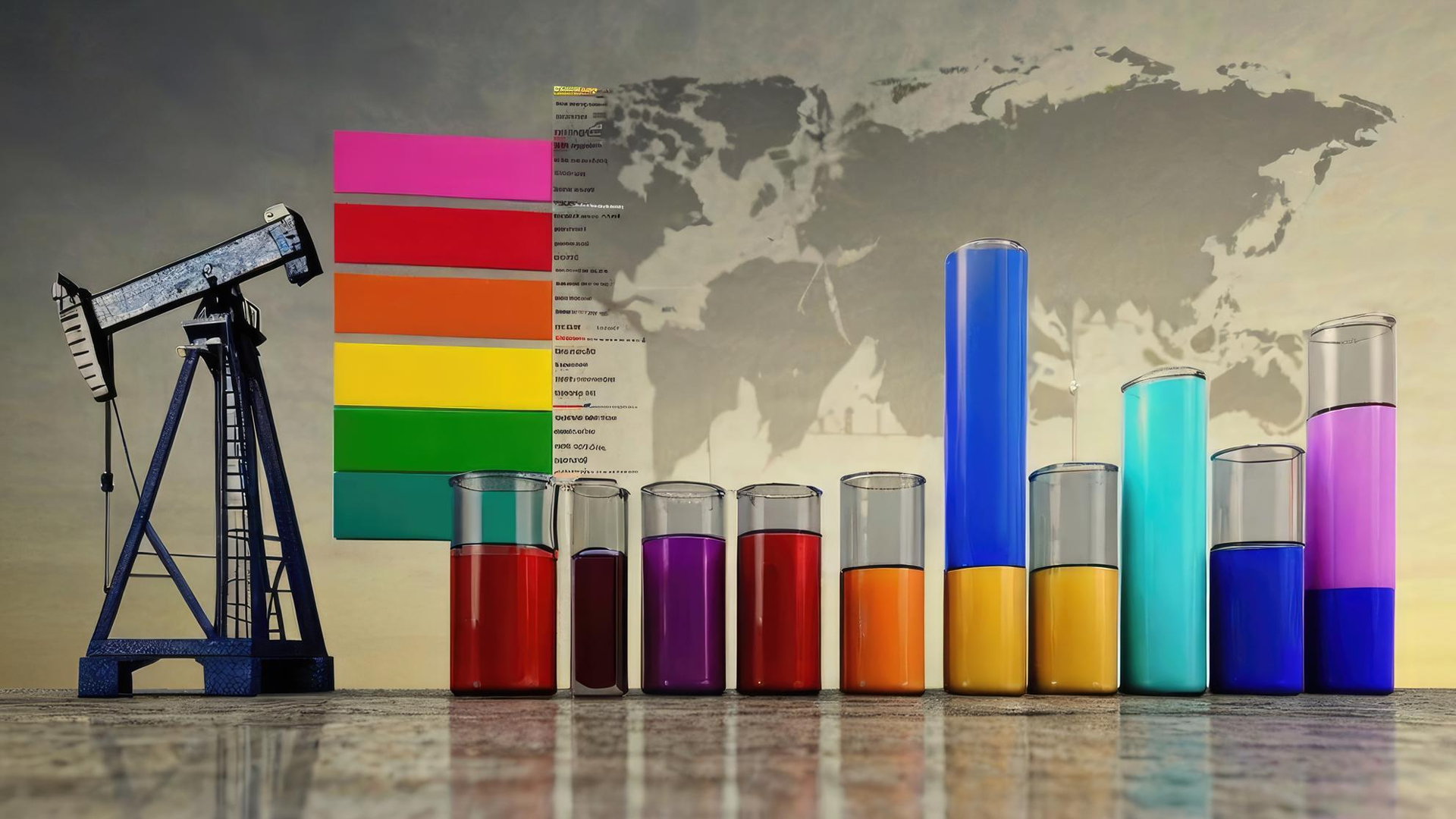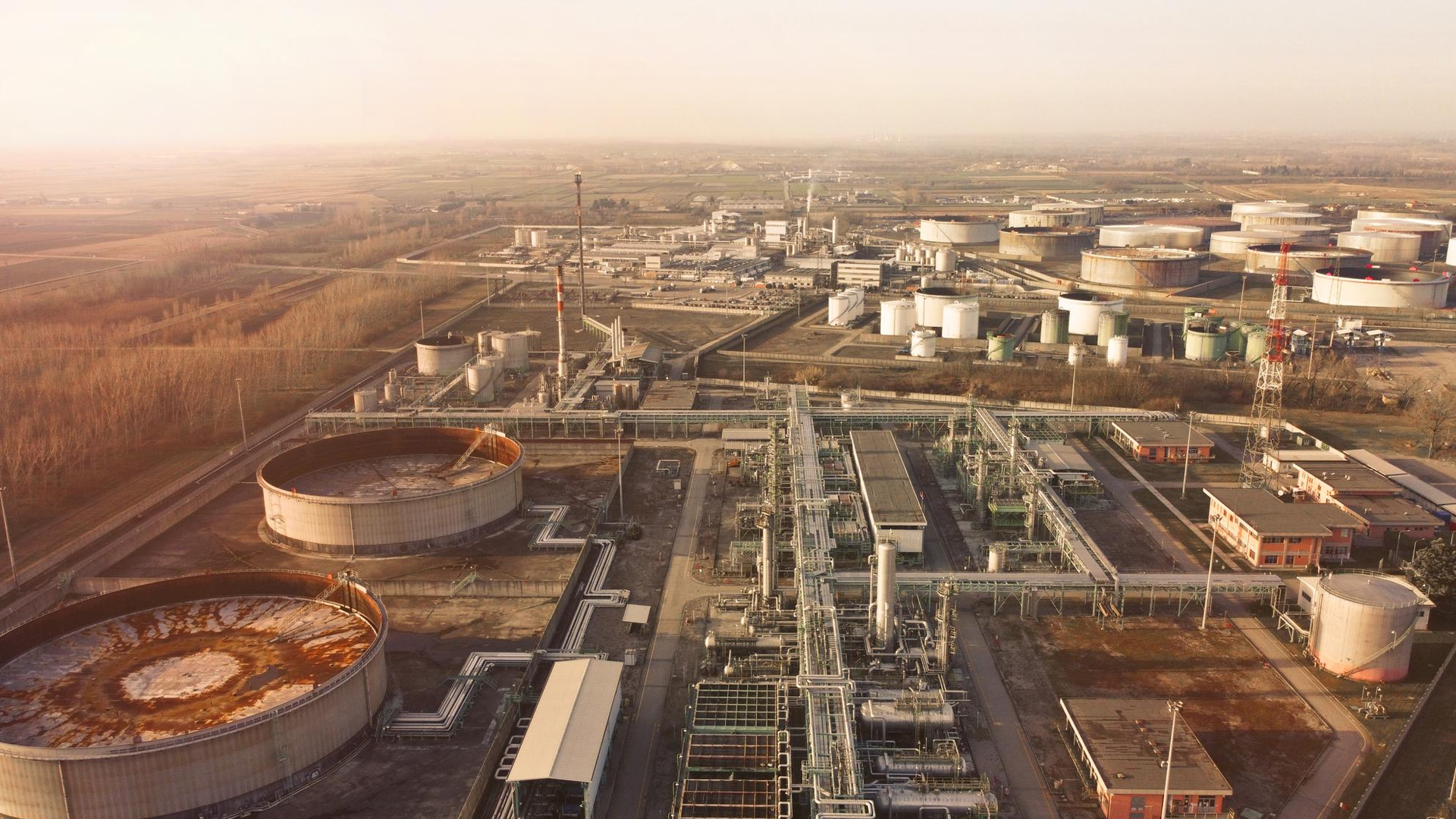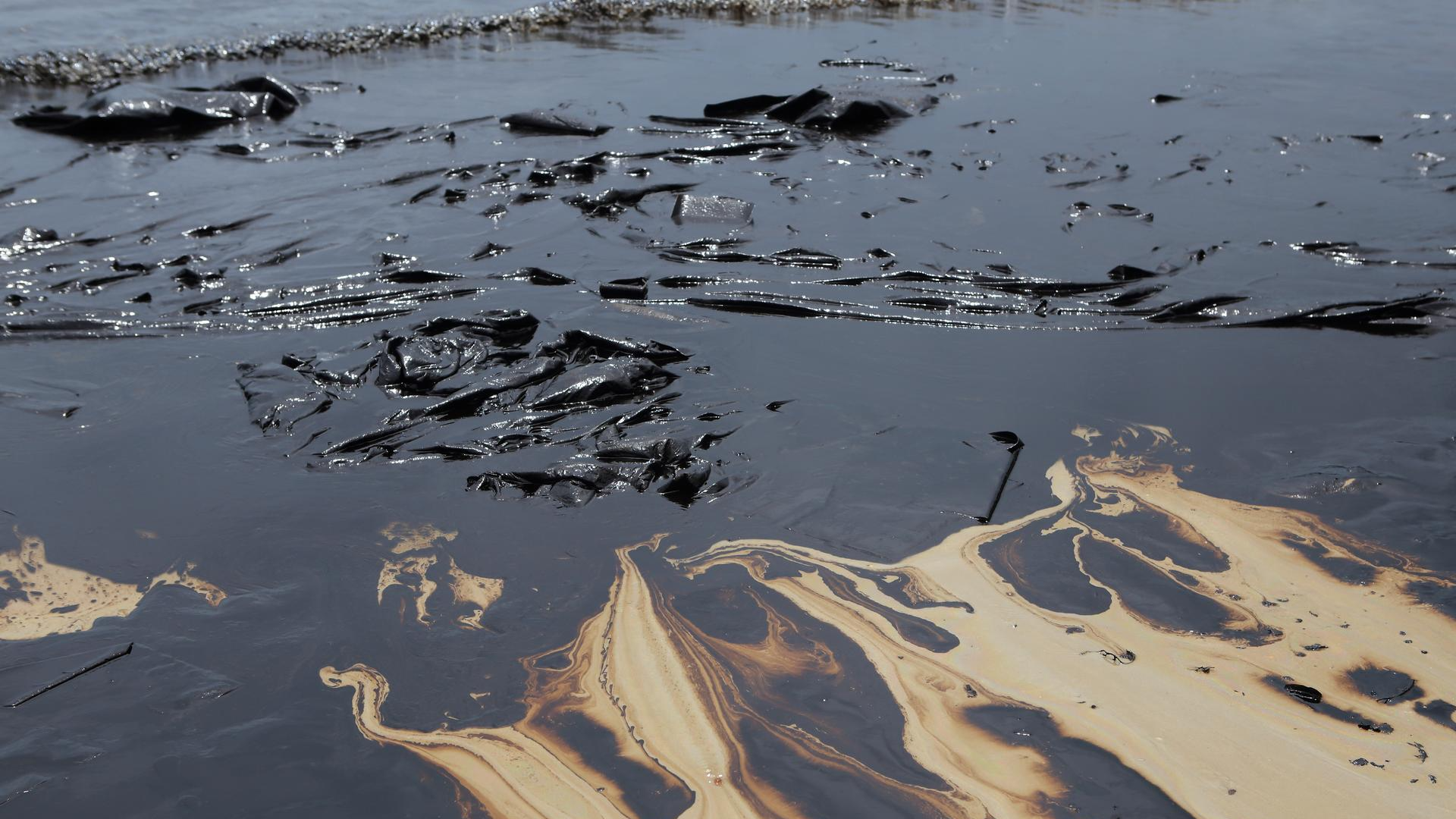
WHAT IS CRUDE OIL?
Crude oil is one of the most valuable natural resources on Earth. It is the lifeblood of the global economy, serving as a primary source of energy and raw material for numerous products. Found deep beneath the Earth's surface, crude oil is a complex mixture of hydrocarbons and other organic compounds. Before it can be utilized, it must undergo extensive refining. This article explores crude oil in detail—from its various types to the refining process, applications, environmental impacts, and the future of oil in the global energy landscape.
What is Crude Oil?
Crude oil is a naturally occurring, unrefined petroleum product composed primarily of hydrocarbons—molecules made up of hydrogen and carbon atoms. It is formed over millions of years from the remains of ancient marine organisms buried under layers of sediment and rock. Through heat, pressure, and time, these organic materials are converted into oil and natural gas.
Crude oil is extracted from underground reservoirs using drilling techniques and must be refined before it can be used as fuel or transformed into other products.
Types of Crude Oil
Crude oil is not uniform in composition. It varies based on its location, chemical makeup, and physical properties. The main characteristics used to classify crude oil are API gravity and sulfur content.
1. Based on API Gravity
- Light Crude Oil: Has high API gravity (typically above 31.1°). It flows easily and yields more valuable products like gasoline and diesel.
- Medium Crude Oil: API gravity between 22.3° and 31.1°.
- Heavy Crude Oil: Lower API gravity (below 22.3°). Thicker and more viscous, requiring more processing.
- Extra-Heavy Crude: Extremely thick and difficult to extract and refine.
2. Based on Sulfur Content
- Sweet Crude Oil: Low sulfur content (less than 0.5%). Easier and less expensive to refine; produces cleaner fuels.
- Sour Crude Oil: High sulfur content (more than 0.5%). Requires additional processing to remove sulfur, a pollutant.
3. Common Crude Oil Benchmarks
- Brent Crude: Extracted from the North Sea; light and sweet.
- West Texas Intermediate (WTI): U.S. benchmark; very light and sweet.
- Dubai Crude: Medium sour crude from the Middle East; often used as a reference for Asian markets.
Extraction of Crude Oil
1. Exploration
Geologists identify oil-bearing formations using seismic surveys and other geophysical techniques.
2. Drilling
Wells are drilled vertically or horizontally to access the oil reservoir. Offshore and onshore rigs are used depending on the location.
3. Production
Once a reservoir is accessed, oil is pumped to the surface using natural pressure, pumps, or enhanced recovery techniques (e.g., water or gas injection).
4. Transportation
Crude oil is transported via pipelines, ships (tankers), trucks, or rail to refineries for processing.
The Refining Process
Crude oil must be refined to transform it into usable products. Refining involves separating the crude into various components and chemically transforming some of them to improve quality and meet market demands.
1. Separation – Distillation
The first stage in refining is fractional distillation, where crude oil is heated in a distillation column.
- Lighter fractions like gasoline and LPG vaporize at lower temperatures and rise to the top.
- Heavier fractions like diesel, lubricating oils, and bitumen remain lower in the column.
This process separates crude oil into components such as:
- Gases (methane, ethane, propane, butane)
- Naphtha (used to make gasoline and petrochemicals)
- Kerosene (jet fuel)
- Diesel
- Heavy gas oils
- Residue (used for asphalt, coke, or further processing)
2. Conversion
Heavy fractions are broken down into lighter, more valuable products using chemical processes.
- Cracking: Breaks large molecules into smaller ones (e.g., catalytic cracking, hydrocracking).
- Coking: Converts heavy residues into lighter products and petroleum coke.
- Reforming: Improves octane levels by rearranging molecular structures.
3. Treatment and Purification
The refined products must be cleaned to remove contaminants:
- Desulfurization: Removes sulfur to reduce air pollution.
- Hydrotreating: Eliminates impurities like nitrogen, metals, and oxygen compounds.
4. Blending
Refined streams are blended to meet commercial specifications for fuels like gasoline, diesel, jet fuel, etc.

Major Products Derived from Crude Oil
Refining crude oil results in various fuels and materials used across industries and daily life:
- Gasoline: Fuels cars and small engines.
- Diesel: Powers trucks, trains, and industrial equipment.
- Jet Fuel (Kerosene): Used in aviation.
- Liquefied Petroleum Gas (LPG): Used for cooking and heating.
- Asphalt: Road paving and roofing.
- Lubricants: For engines and machinery.
- Petrochemicals: Raw materials for plastics, synthetic rubber, detergents, and fertilizers.
Economic Importance of Crude Oil
Crude oil is the backbone of modern industrial economies. Its importance includes:
- Global Trade: It’s one of the most traded commodities worldwide.
- National Revenue: Oil-exporting countries rely heavily on oil revenues (e.g., Saudi Arabia, Russia, Iraq).
- Energy Security: Countries strive to secure oil supplies to fuel transportation and industry.
- Industrial Input: Essential for manufacturing, agriculture, transport, and defense.
Oil prices affect inflation, currency value, and stock markets. Organizations like OPEC (Organization of the Petroleum Exporting Countries) influence production and pricing decisions globally.


Environmental Impact of Crude Oil
While essential, crude oil extraction and use have significant environmental costs:
1. Greenhouse Gas Emissions
Combustion of oil products releases large amounts of carbon dioxide (CO₂), a leading contributor to climate change.
2. Oil Spills
Accidents during drilling or transportation can cause catastrophic spills, harming marine life and coastal ecosystems (e.g., Deepwater Horizon 2010).
3. Air and Water Pollution
Refineries emit pollutants like sulfur oxides, nitrogen oxides, volatile organic compounds, and particulate matter.
4. Land Degradation
Oil extraction can destroy habitats, especially in ecologically sensitive areas such as rainforests and wetlands.
The Future of Crude Oil
As the world confronts climate change and energy transitions, crude oil faces new challenges:
1. Shift to Renewable Energy
Solar, wind, and hydro are gaining momentum as cleaner, sustainable alternatives.
2. Electric Vehicles (EVs)
Growing EV adoption reduces demand for gasoline and diesel.
3. Decarbonization and ESG Goals
Corporations and governments are aiming for net-zero emissions, impacting investment in oil infrastructure.
4. Carbon Capture and Storage (CCS)
Efforts are underway to capture and store emissions from oil use to mitigate environmental impact.
Despite these shifts, crude oil is expected to remain a critical energy source for at least the next few decades, especially in industries where alternatives are not yet viable (aviation, heavy transport, petrochemicals).
Conclusion
Crude oil continues to play a central role in powering the global economy. Its diverse types, complex refining process, and wide range of applications make it indispensable. However, the environmental and geopolitical implications of oil use are driving a significant transformation in how the world sources and consumes energy. Understanding the intricacies of crude oil helps in grasping the broader dynamics of energy, economics, and environmental sustainability in the 21st century.
